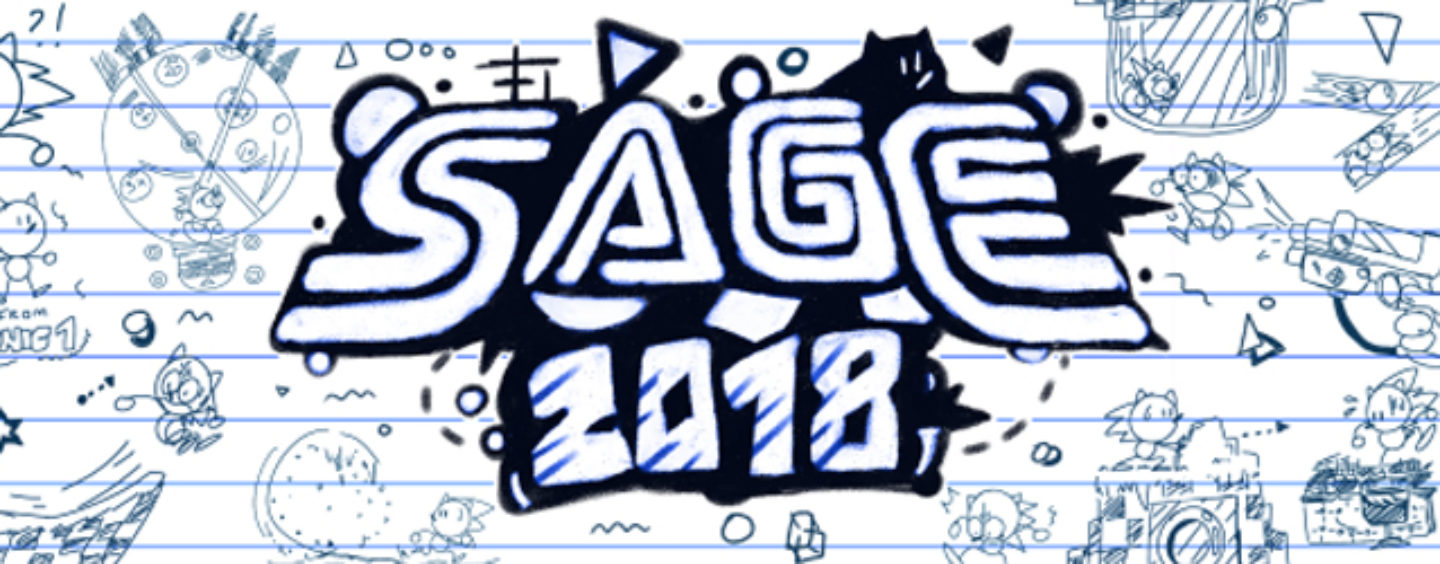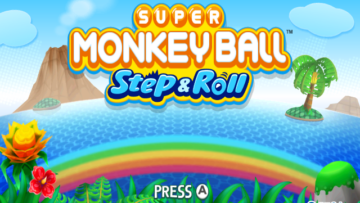
SAGE 2018: Sonic Islands Developer Steve Taylor Interview
SAGE is in full swing, and we’re kicking off the week strong with a collection of interviews. Today we’ll be speaking with Steve Taylor, creator of Sonic Islands, as he discusses the project’s origins, obstacles and more. Hear what he had to say after the jump:
TSSZ: So Steve, why don’t we start off by introducing you to the readers?
Taylor: Sure! My name’s Steve Taylor and I’m a pretty fresh on the scene programmer, currently building a 3D platforming engine with 360 degree support. This engine is powering the fangame I’m working on to showcase it, Sonic Islands.
TSSZ: Could you explain to those unfamiliar what Sonic Islands is all about?
Taylor: Sonic Islands is basically an attempt at a game that fuses elements from all eras of Sonic gameplay into one playstyle. It sounds ambitious, but in essence I’ve just taken some of the, in my opinion, stronger traits from each era (like the instashield, bounce attack, and parkour) and tried to work them together into an amalgamation of Sonic gameplay that, hopefully, is enough of a balance to cater to everyone, as impossible a task as that is. It’s also an attempt to try and step back from a linear level design and slow things down just a tad, to incentivize exploration in more densely built environments. Essentially; an acrobatic Sonic that was designed to prioritize free flowing movement over covering huge ground.
TSSZ: I’ve seen this project floating around for some time now. How did Islands begin, and how long have you been working on it?
Taylor: Over the past two and a half years I’ve been learning how to code specifically to try and build a game engine that translates the classic physics into 3D. A large part in this was seeing how well it worked in games like Green Hill Paradise and, of course, Sonic Utopia. Starting off that was the main goal, but over time Islands has become an combination of gameplay styles and sort of it’s own thing. It’s gone through multiple rebuilds as I’ve gotten better at coding, and it’s about to go through another. The code for the current engine build has been developed over the course of around close to two years, while the stage design and assets were made in about three weeks.
TSSZ: As much as you can, how would you describe your process of translating 2D concepts into 3D?
Taylor: At first it was straightforward enough to make 2D Sonic gameplay on a 2.5D plane, thanks in part to the Sonic Physics Guide, which provided a good base to work off of since it was essentially the classic physics, but ready to add a Z axis to. Things obviously get a lot more complicated then, like slopes having influence on your direction, or the camera rotation. A lot of it was trial and error, along with fine tuning variables (like friction, for one) after studying how they worked in the current 3D games, to try and find a meeting point between the control that games like Adventure give you, with the terrain influence and physics reliance that the original games were built around.
TSSZ: Is there anything you’ve found particularly challenging? How about rewarding?
Taylor: Definitely. I mean would it be a cop out to say everything? The whole project has been both challenging and rewarding, although one of the largest hurdles to overcome was getting the controller inputs to sensibly represent what direction to move Sonic in when you’re on ceiling angles. That’s a large reason why the camera rotates with Sonic around loops, it’s easier to project your input onto the current angle if the camera’s rotation is at least within 180 degrees of it, although recently I found some ways around that. Sorry for the babble if that’s a boring answer to anyone reading. This SAGE demo was a heck of a challenge too. How unoptimized the game objects are has become more apparent and affected the performance, which is slightly disappointing, though now optimization is a priority for the future. I also hardly had any 3D experience prior to this and if it wasn’t for ProBuilder, I would have gotten even less done, so big shoutout there.
TSSZ: Where can readers find you?
Taylor: I’m mainly on twitter, my handle is @ShtankTank and I can’t wait to come up with a better one. I’m also on YouTube, though the channel is a bit barren at the minute.
TSSZ: I’d like to thank you for your time, Steve. Sonic Island looks very promising, and I wish you the best of luck moving forward.
Taylor: Thank you! Hopefully it can cater to as many people’s expectations as possible.




![[ID: AUVi6CH1tjg] Youtube Automatic](https://lastminutecontinue.com/wp-content/uploads/2024/02/id-auvi6ch1tjg-youtube-automatic-360x203.jpg)

![[ID: XFKjioHYj2w] Youtube Automatic](https://lastminutecontinue.com/wp-content/uploads/2024/09/id-xfkjiohyj2w-youtube-automatic-360x203.jpg)
Now this. This is the kind of Sonic game I think the general public needs right now. Maybe its just b/c I WANT IT AS A FULL GAME RIGHT NOW